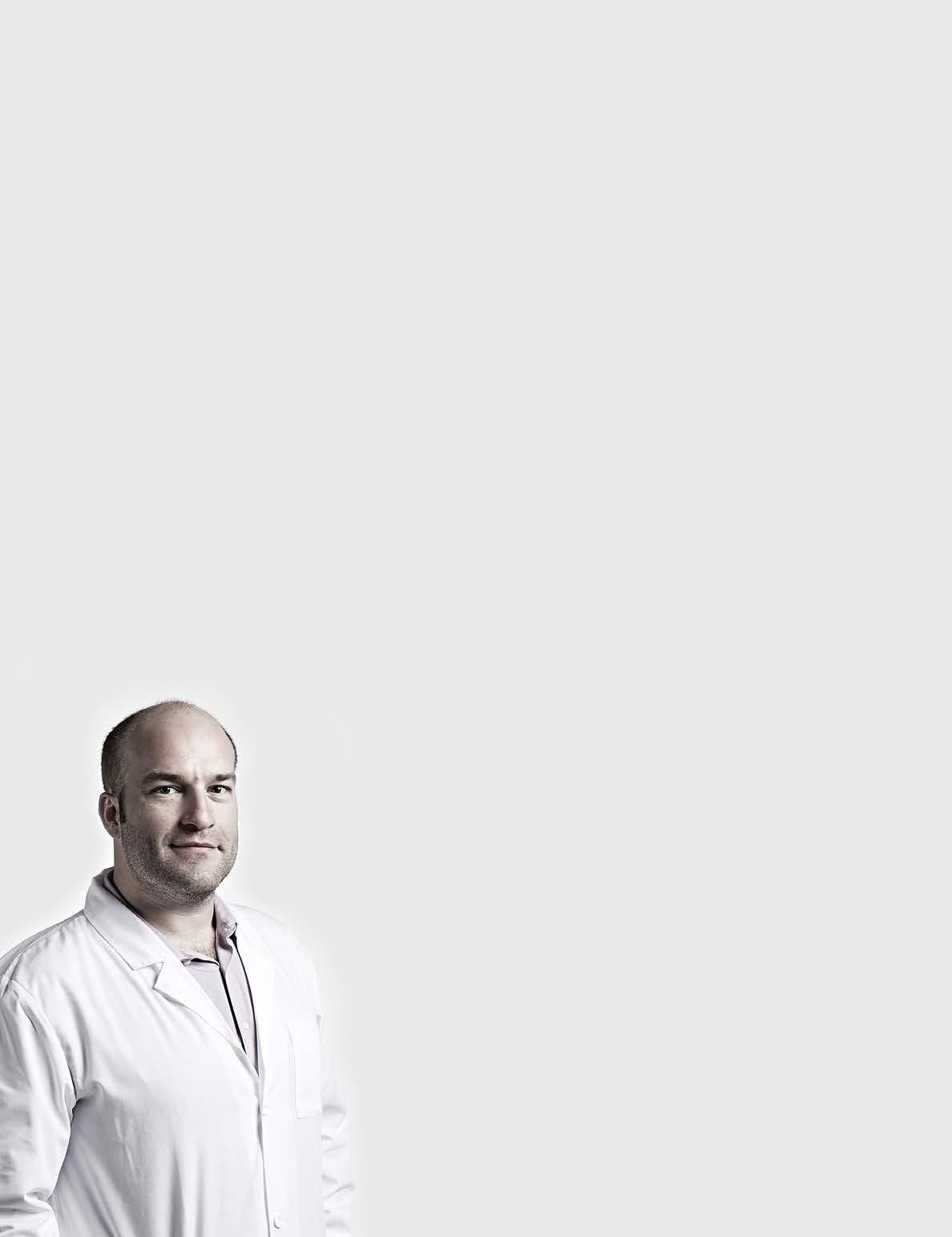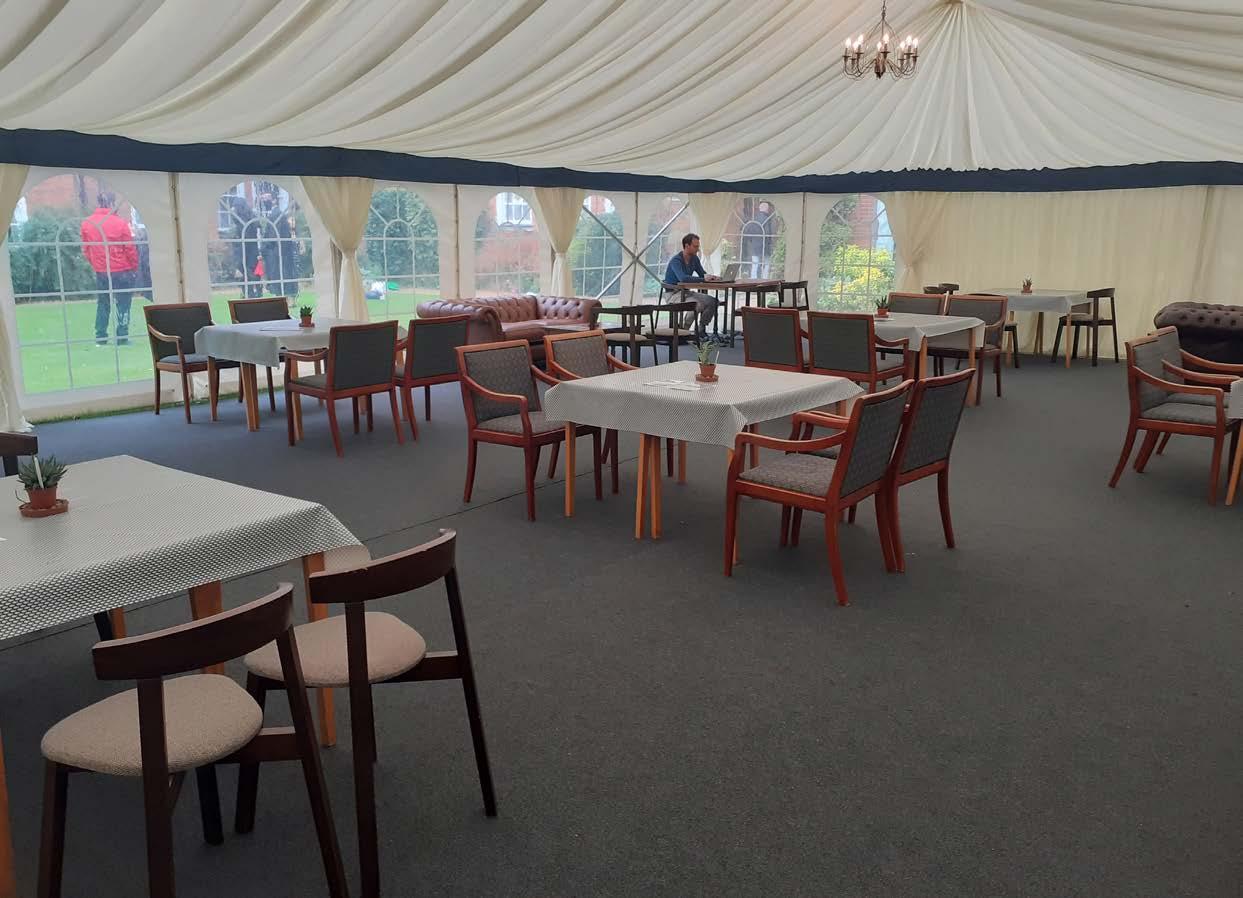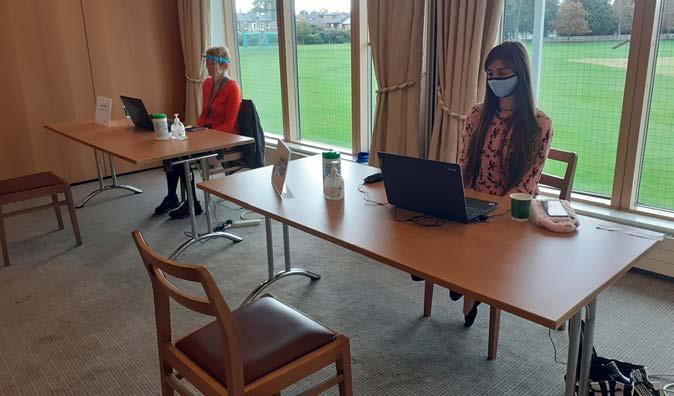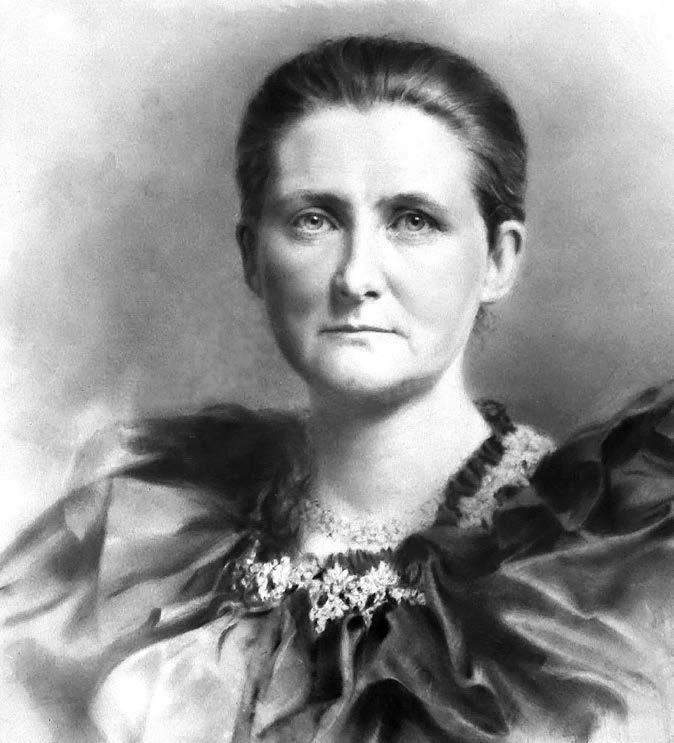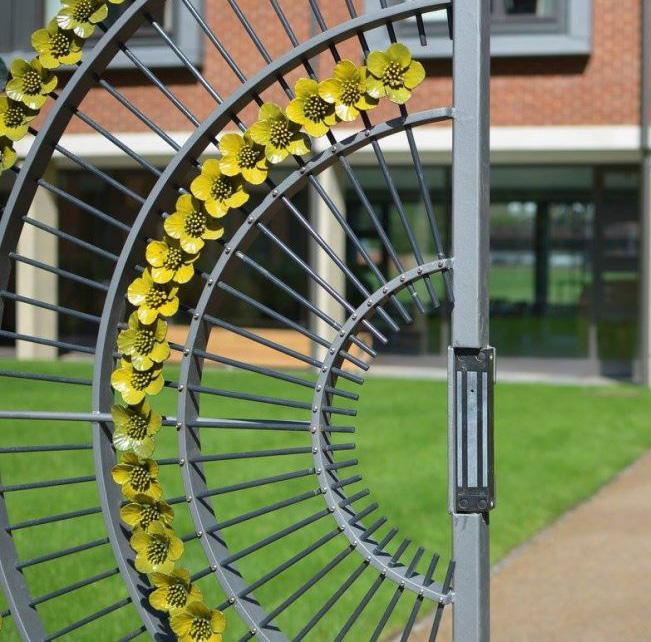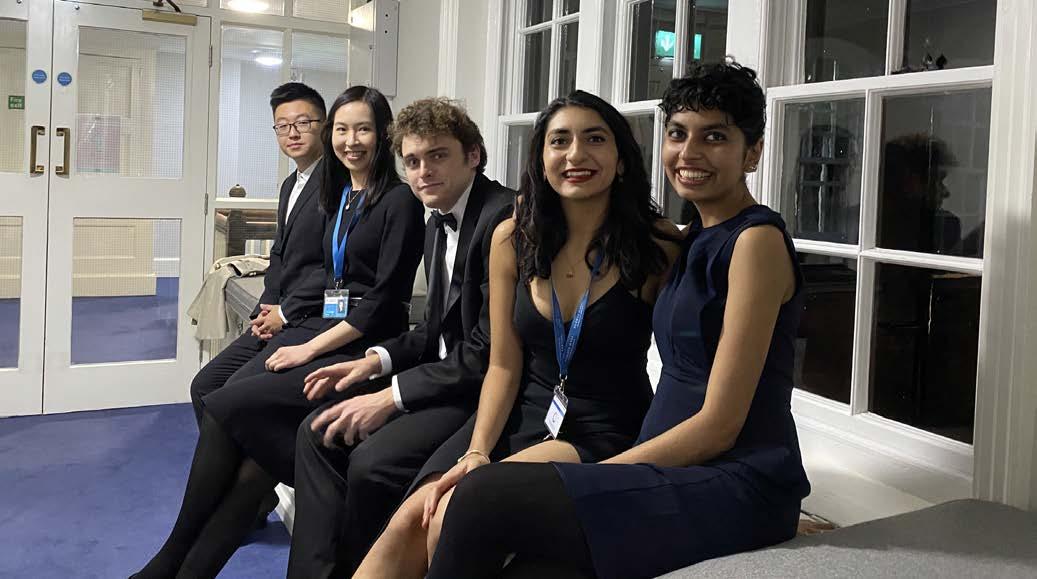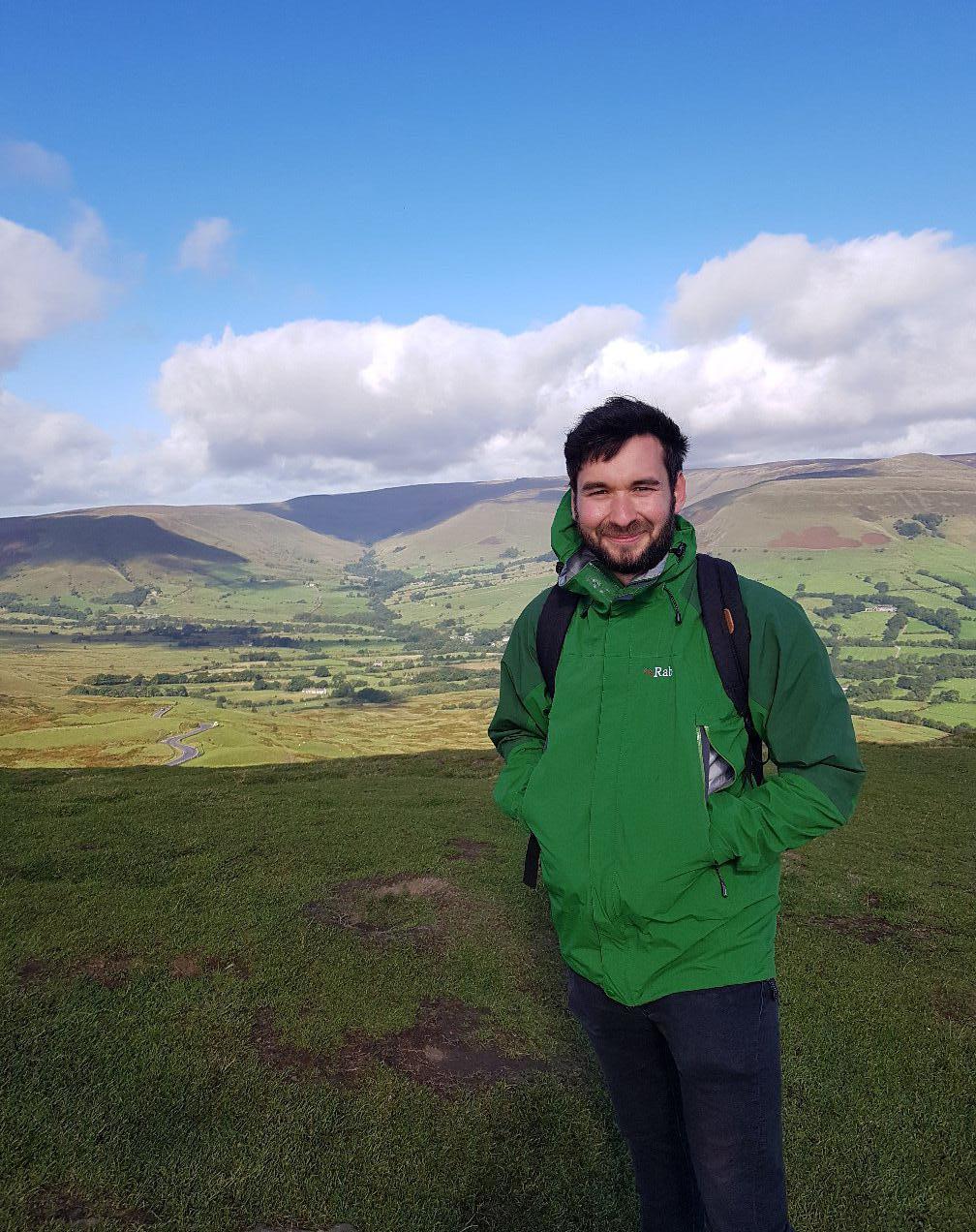
3 minute read
A distant future has arrived
Dr Kevin Walsh (1991, PGCE and 2014, MEd) teaches physics and astronomy at Westminster School, London, and is also Director of the Westminster China Schools Project, and Professor of Physics Education, Shaanxi Normal University, Xi’an, China. Here he describes how lockdown has stampeded the development of blended learning in his school.
In Isaac Asimov’s story The Fun They Had (set in 2157), a young girl, Margie, learns from a friend that in the distant past, teachers ‘had a special building and all the kids went there’. For Margie, who, like all other children is taught individually at home by a robot, this is a very difficult thing to believe. Of course, Asimov is not the only writer who has attempted to envisage the concept of child education in the future, but this particular aspect, that of the place, the special building for education, is an especially resonant one for these times.
Advertisement
I spent Lockdown Part 1 teaching all my classes from my desk at home. It was a most interesting and enriching experience. Yes, I really mean that. I was fortunate that all of my students were old enough and, it seems, motivated enough, to cooperate with the enforced virtual education that we had to develop almost overnight.
For an entire term, not one lesson was abandoned and attendance was phenomenal. Whilst this might not, alas, have been the case at all schools, being presented with this challenge certainly made me, a physics teacher for the past 28 years, revisit the fundamentals of my trade. I was forced to examine, in unprecedented (for me) detail precisely what it was I wanted my students to be learning and how I was going to enable that in a virtual environment. The nuances of the classroom The remarkable thing was the subtlety of it all. Naturally, there were plenty of obvious drawbacks due to the lack of physical space – practical work was not possible, demonstrations were limited, surprise tests lost their impact. However I discovered that the nuances of the classroom were what made the biggest difference. Perhaps I should not be so surprised by this, as the whole of society now reflects on those little things that humans – as social animals – require in order to properly thrive.
It was a tough term but, thankfully, it was a successful one and we were able to do more than just tread water. Genuine educational progress was made.
As many in the world of education are saying, we have found ourselves thrust further up the learning curve into scenarios we thought very distant. This has proven to be beneficial. Quieter students come alive in breakout rooms. I am even able to offer an evening online surgery for those struggling with their homework, as long as they are prepared to wait until I’ve finished my dinner. And nobody’s dog eats an exercise book.
Having now become experts in a range of virtual platforms, my students and I will continue to use this technology alongside the ‘traditional’ practices. Yes, we are now deep into the land of blended learning and it is an exciting place to be. The communication, simulation, administration and examination of my subject are now all being done, to some extent, online. There is no doubt that the quality of the teaching and learning experiences can be all the better for it. A particularly pleasing spin-off has been the move to a ‘less-paper’ (not yet paperless) system in which exercises are administered electronically so that both I and my students have portable and easily retrieved records of completed work – a gift on parents’ evenings and environmentally friendly too. I will almost certainly have to replace my tablet stylus before my bottle of red ink runs dry.
Will we ever abandon the physical, ‘real’ side of the work? I don’t think so. When we returned to the classrooms at the beginning of the new academic year, I greeted my students with enthusiasm. In spite of their suspicion, this was genuine happiness at seeing them again with no hint of Pink Floyd’s ‘dark sarcasm’.
Even in a future that is no longer so distant, I am sure that we will never lose the ‘special building’ that Margie wondered about. The times they are a-changing, but schools are here to stay.

